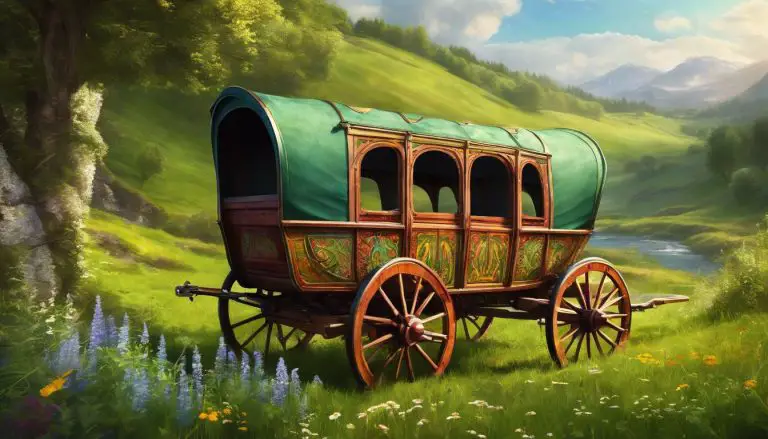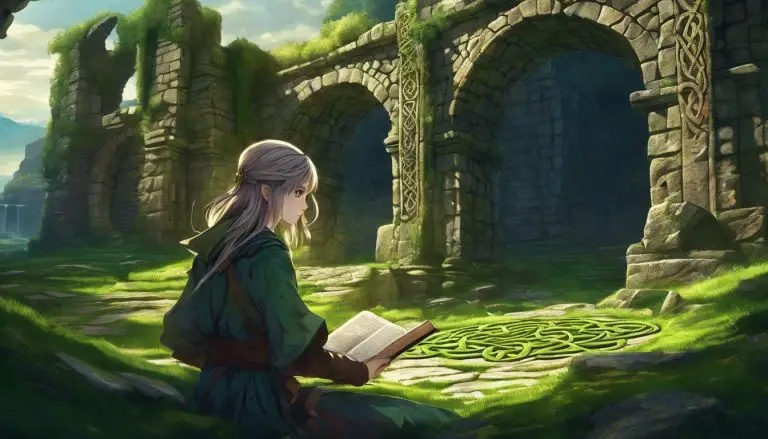Why Are Scottish and Irish So Similar? Exploring the Shared History and Traditions
Ever caught yourself musing over the remarkable similarities between Scottish and Irish folks? You’re not alone; it’s something that piqued my curiosity as well. Both nations indeed celebrate a rich Celtic heritage, and it shows in everything from their music to their myths.
Let’s take a little journey together into their shared past and cultural traditions to uncover the threads that bind Scotland and Ireland so closely. Get ready to explore an intricate tapestry of history that has been centuries in the making, revealing connections you may never have expected.
Key Takeaways
- Scottish and Irish people both come from ancient Celts.
- Music, dance, and food show their shared Celtic culture.
- English rule changed Scotland and Ireland a lot.
- Both countries have strong church influences in their holidays.
- Scots speak Scots; the Irish speak Gaelic.
Shared Celtic Background
The Scottish and Irish people share a deep connection through their shared Celtic background, which dates back to ancient times. This common heritage has greatly influenced their culture, traditions, and customs.
Influences from English Culture
English culture left a strong mark on both Scottish and Irish societies. Scots and Irish ancestors faced English rule; it shaped their histories. England’s language, laws, and customs crept into Celtic life over centuries.
I notice this whenever I explore the local stories or listen to traditional music in Scotland and Ireland. Their legal systems also show traces of English influence.
Churches tell part of the story too. In Scotland, the Church was plain, focused more on faith than fancy buildings. The Catholic Church in Ireland had grander places to worship which tells me how religion blended into daily life differently for each culture due to English impact.
Both countries have these little threads woven by England through their tapestries of tradition.
Similarities in Traditions and Customs
Both Scottish and Irish cultures have a deep appreciation for folk music and dance, celebrate cultural holidays with fervor, place great importance on religion, and enjoy traditional foods.
Read on to discover more about the shared traditions and customs between these two fascinating cultures!
Culture of Folk Music and Dance
Both Scottish and Irish cultures have a rich tradition of folk music and dance. The musical heritage of both countries is deeply rooted in their shared Celtic ancestry, and their music often features similar instruments like the fiddle, bagpipes, and bodhrán drum.
These lively traditions are celebrated at gatherings and festivals throughout the year, offering an enchanting glimpse into the unique rhythms and melodies that have been passed down through generations.
The energetic dances, such as the Scottish Highland fling and the Irish jig, showcase the cultural pride tied to these art forms. Music and dance hold a special place in both societies, serving not only as entertainment but also as a means of preserving ancient stories and customs.
Celebrating Cultural Holidays
Celebrating cultural holidays in Scotland and Ireland is a vibrant and significant part of the shared traditions. The Celtic festivals, such as Samhain, Beltane, and Lughnasadh, are still celebrated with enthusiasm and draw from ancient Gaelic rituals.
The influence of Christianity has also added meaningful celebrations like Easter and Christmas that hold a special place in both Scottish and Irish cultures. These festivities are deeply rooted in history, creating an opportunity for travelers to experience the rich tapestry of customs that connect these two nations.
The connection between Scottish and Irish cultural holidays runs deep, reflecting their shared heritage while offering distinct experiences unique to each country. As we delve into the historical connections between Scotland and Ireland, it’s important to explore how religious influences have shaped their traditional celebrations.
Importance of Religion
The importance of religion in Scottish and Irish culture creates a shared bond that shapes their traditions and values. The Church of Scotland and the Catholic Church have deeply influenced both cultures, fostering strong religious communities with rich traditions.
These include vibrant celebrations during cultural holidays, traditional music infused with spiritual themes, and the sharing of stories steeped in religious folklore. Religion has played a vital role in shaping the everyday lives and cultural identities of the Scots and Irish, serving as a cornerstone for their shared history.
Moving on to “Traditional Foods,” let’s delve into how culinary delights are another reflection of their shared heritage and culture.
Traditional Foods
Sharing a strong Gaelic influence, the traditional foods of both Scotland and Ireland reflect their shared history and cultural similarities. In Scotland, popular dishes like haggis, black pudding, and Scotch broth showcase the use of oats and barley.
These staple ingredients are also prominent in Irish cuisine, seen in dishes like colcannon (mashed potatoes with cabbage) and oatcakes. Both countries embrace seafood from their coastal locations, with Scottish smoked salmon mirroring the popularity of Irish smoked fish such as mackerel.
Furthermore, each culture has its own take on whiskey production – an integral part of their culinary heritage.
Historical Connections
Both Scottish and Irish people share a deep historical connection as descendants of the ancient Celts, with similar cultural influences from English rule shaping their traditions over time.
The shared ancestry and historical influences have contributed to the similarities between these two distinct yet closely related groups.
Shared Celtic Ancestry
Descendants of Celts, both the Scots and Irish share a common heritage which encompasses their shared Celtic ancestry. Despite differences, they have genetic connections that link them back to their ancient roots.
This shared history has been an essential aspect in shaping their cultural similarities and bond, making it fascinating for travelers to explore the intricate connection between these two nations.
Influenced by English culture, the Scottish and Irish people carry on traditions that mirror each other due to their common history. These ethnic ties can be seen in various aspects of life from music and dance to religious beliefs and gastronomy.
Influence of English Rule
The historical connection between the Scots and the Irish goes beyond a shared Celtic ancestry, including a common struggle against English rule. Both cultures have faced oppression and resistance, which has shaped their traditions and identity.
The influence of English rule on Scottish and Irish history has resulted in similarities in their experiences of struggle and rebellion, further bonding these two closely related peoples.
Differences between Scottish and Irish
While Scottish and Irish cultures share many similarities, there are also some distinct differences between the two. From language variations to unique physical features, these differences add to the richness of both cultures.
Language Differences
Scottish and Irish languages have distinct differences despite sharing a Celtic background. The Scottish language, known as Scots, has Germanic influences and is more closely related to English.
On the other hand, the Irish language, called Gaelic or Irish Gaelic, is a Celtic language with roots in ancient Ireland. While Scots is spoken by a minority of people in Scotland and has no official status, Irish Gaelic holds official status in the Republic of Ireland.
Despite these differences, both languages are symbols of cultural identity for their respective peoples.
Distinct Traits and Physical Features
Scottish and Irish people have some distinct physical traits despite their many similarities. Both the Scottish and Irish have a fair complexion, often with light eyes such as blue or green.
Additionally, both cultures tend to have predominantly straight hair that can range from blonde to dark brown. These physical characteristics reflect their shared Celtic ancestry, which has influenced their genetic makeup over generations.
Furthermore, there are slight differences in the physical features of each group due to historical influences. For instance, Scottish people may be more likely to have red hair compared to the Irish population.
Conclusion
In conclusion, the shared history and traditions of Scotland and Ireland are deeply rooted in their Celtic background. The similarities in folk music, cultural holidays, and religious influences have contributed to their close connection.
Understanding the historical connections and differences between them reveals a complex but fascinating relationship. Embracing these similarities can enrich our understanding of both cultures while celebrating their unique identities.
For further exploration, consider delving into the rich storytelling traditions that have been passed down through generations. Join me on this journey of discovery, as we unravel the captivating tapestry of Scottish and Irish heritage firsthand!







